Freezing point depression occurs when a substance lowers the freezing point of another substance. One example is adding salt to water. A solution of salt and water has a lower freezing point than water alone.
Melting and freezing: a recap
Melting is when a solid turns into a liquid. The temperature at which a solid melts is called the melting point.
Freezing is when a liquid turns into a solid. This is called the freezing point and is generally the same as the melting point for the same substance.
Freezing and melting are both reversible processes.
Freezing point depression demonstrations
1. Make a frosty tin can
If you place a mixture of salt, water and ice inside a tin can, frost will appear on the outside! We made a frosty snowman with ours.
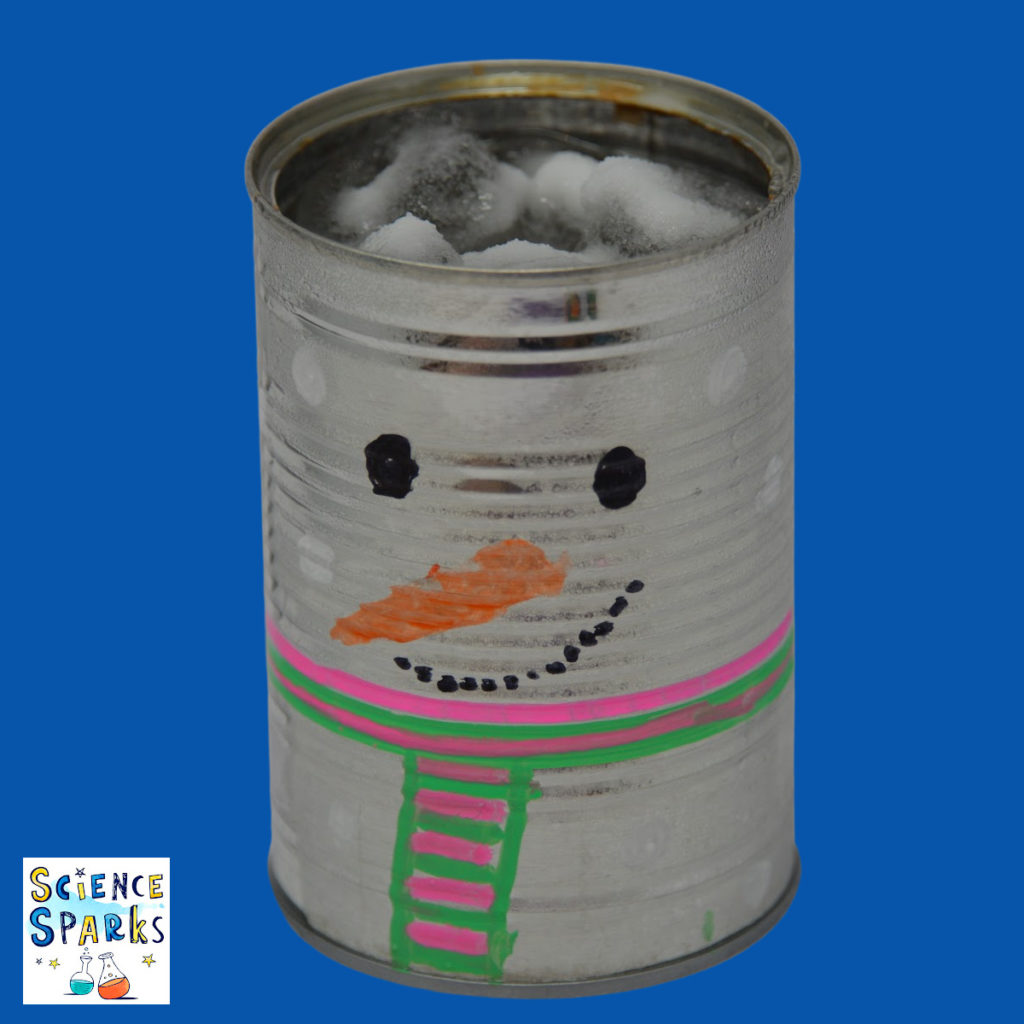
2. Cool a drink - FAST!
Place a bottle or can in a bowl of water, ice and salt, and you'll find the temperature of the water drops very quickly, with the added bonus of cooling down the drink inside.
Find out how to cool a drink quickly!
3. Make ice cream in a bag using ice and salt
Make ice cream in a bag using the freezing power of ice and salt.
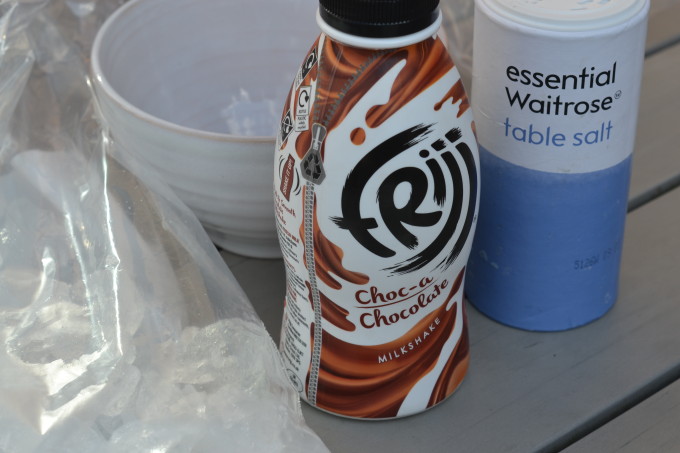
4. Adding salt to roads in winter
Grit ( salt, gravel and stone ) is often sprayed on roads in winter to stop cars from skidding. When snow falls on a road with grit applied, it mixes with the salt, lowering the snow’s freezing point which stops ice from forming. A fun way to demonstrate this is an investigation to find out whether salty water freezes.
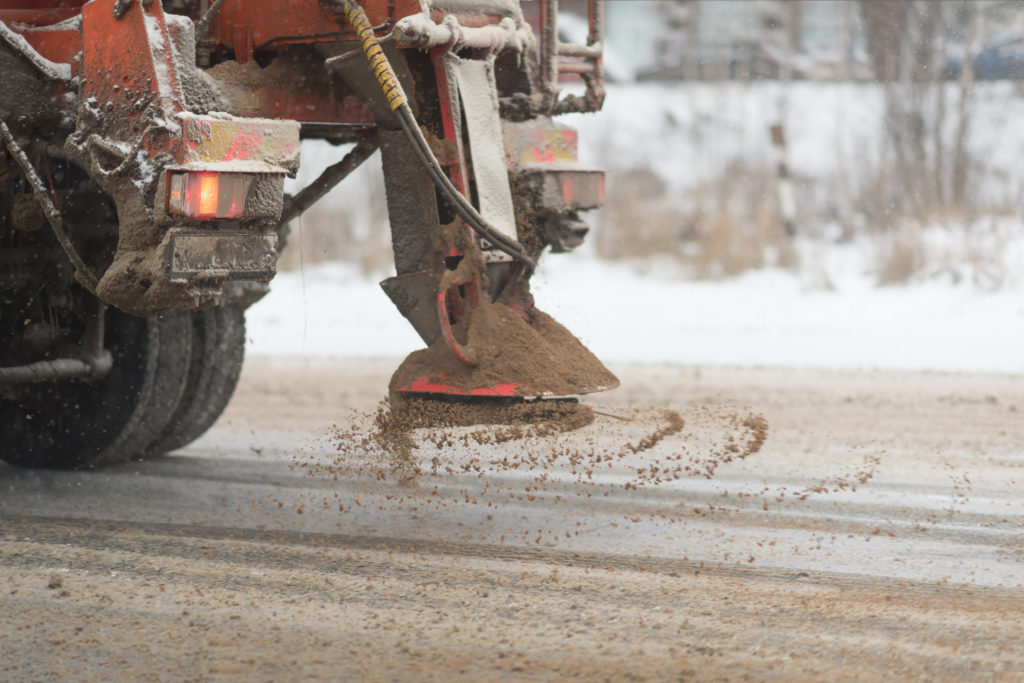
If you're curious about space, the human body and nature don't forget to take a look at my other science questions and answers!
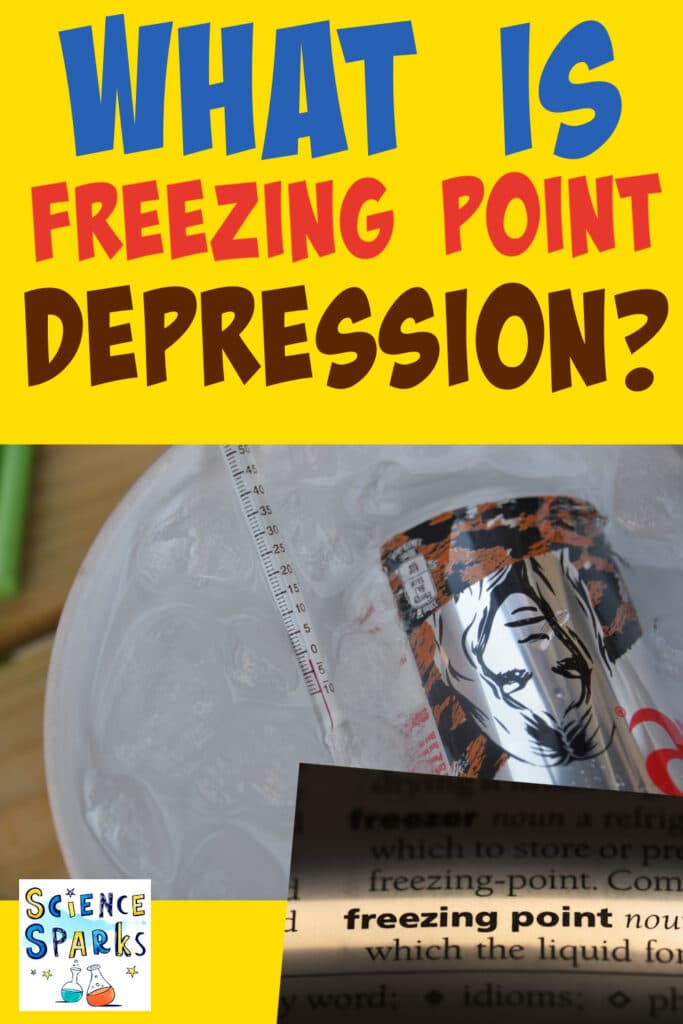
Last Updated on September 18, 2024 by Emma Vanstone
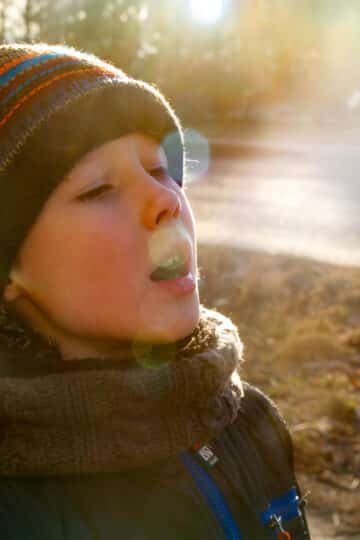
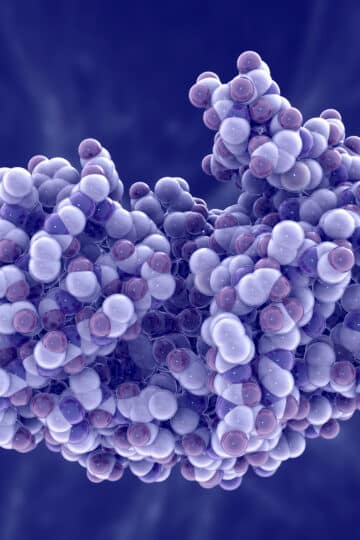
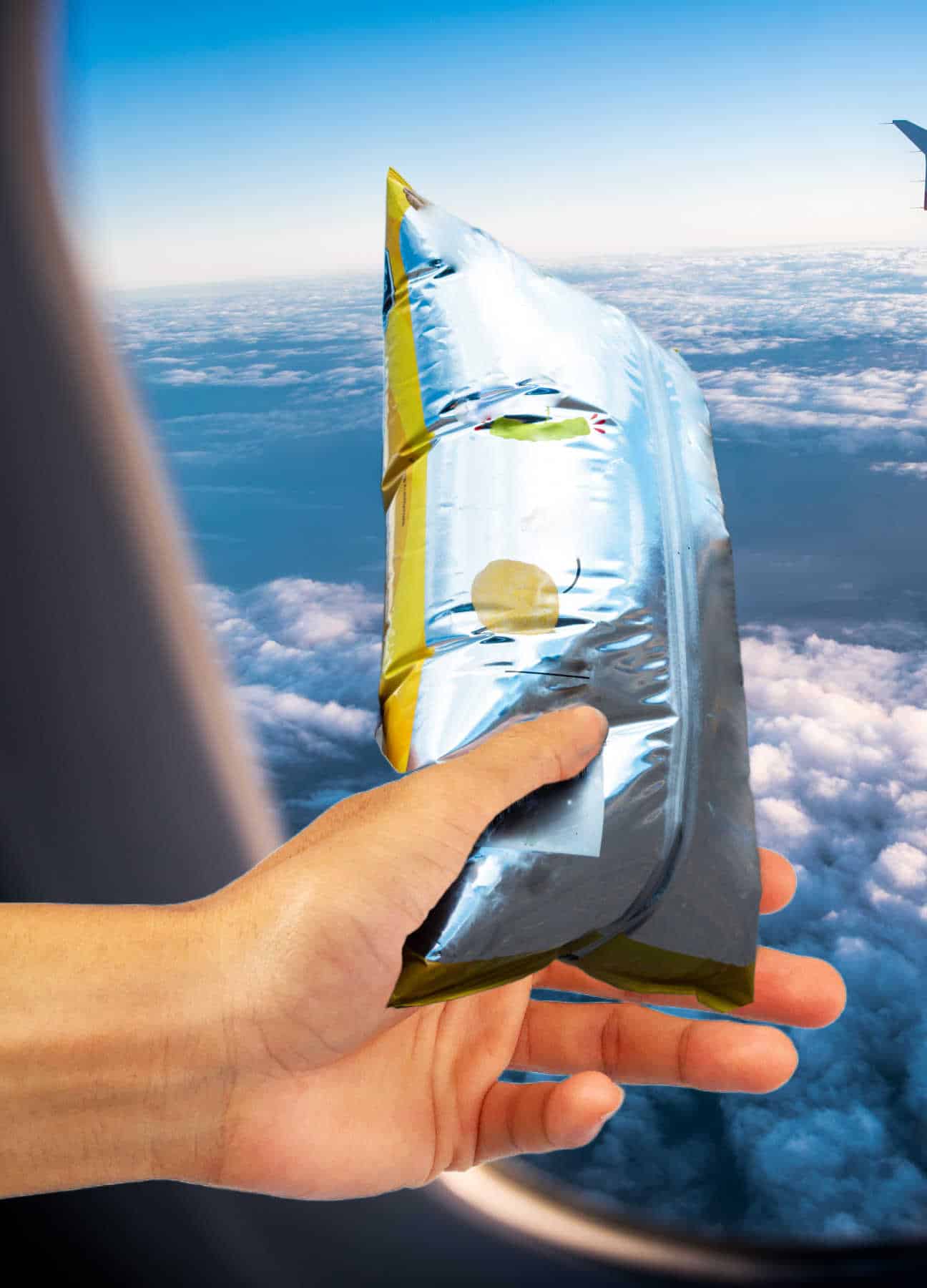
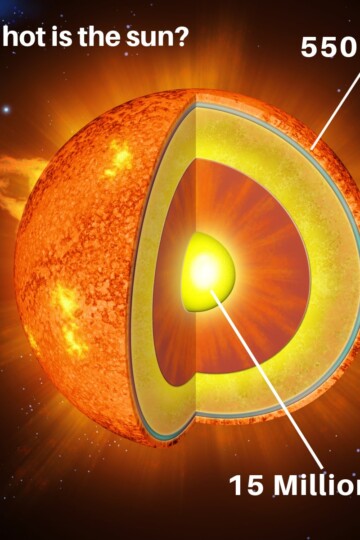
Leave a Reply